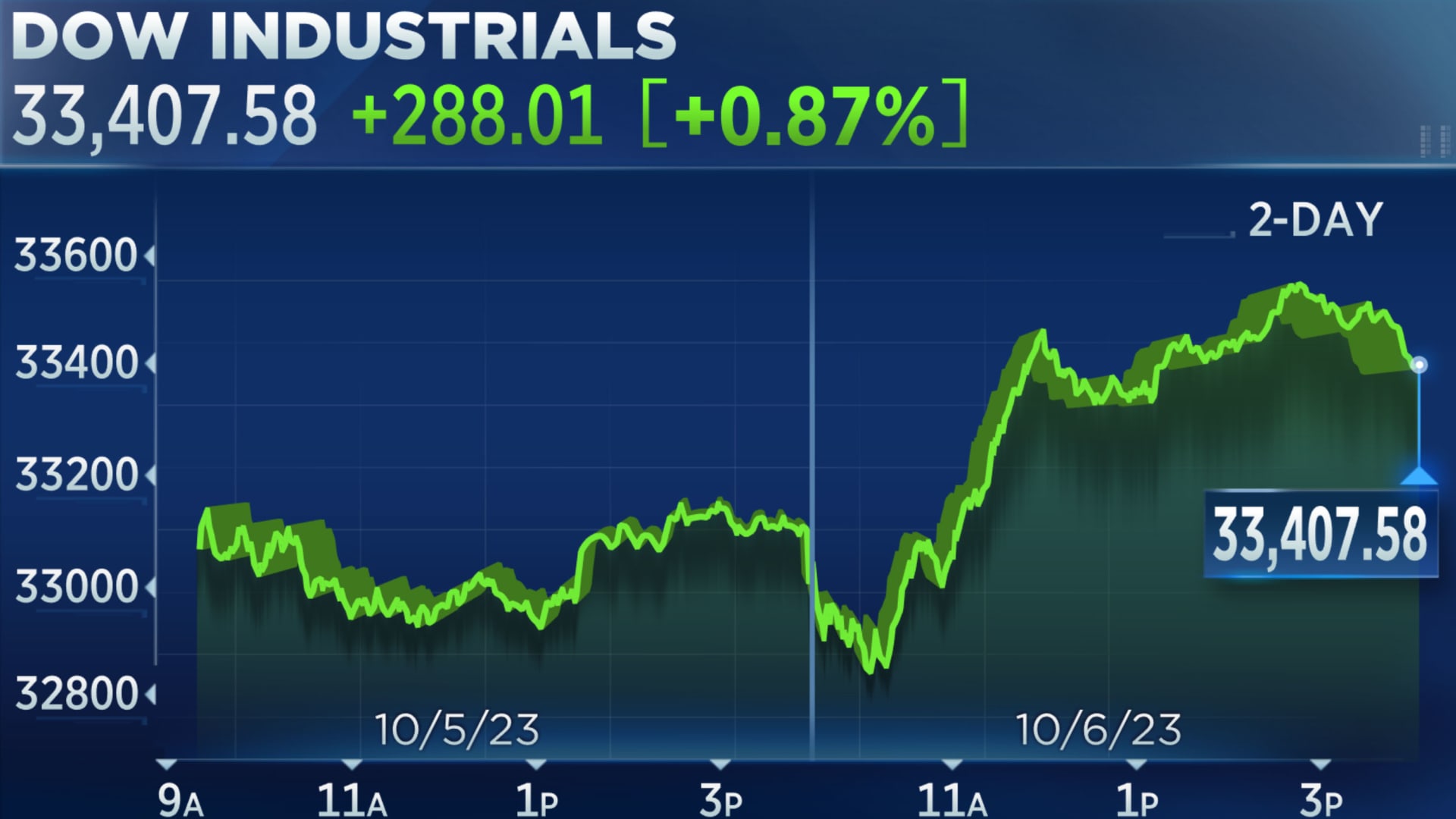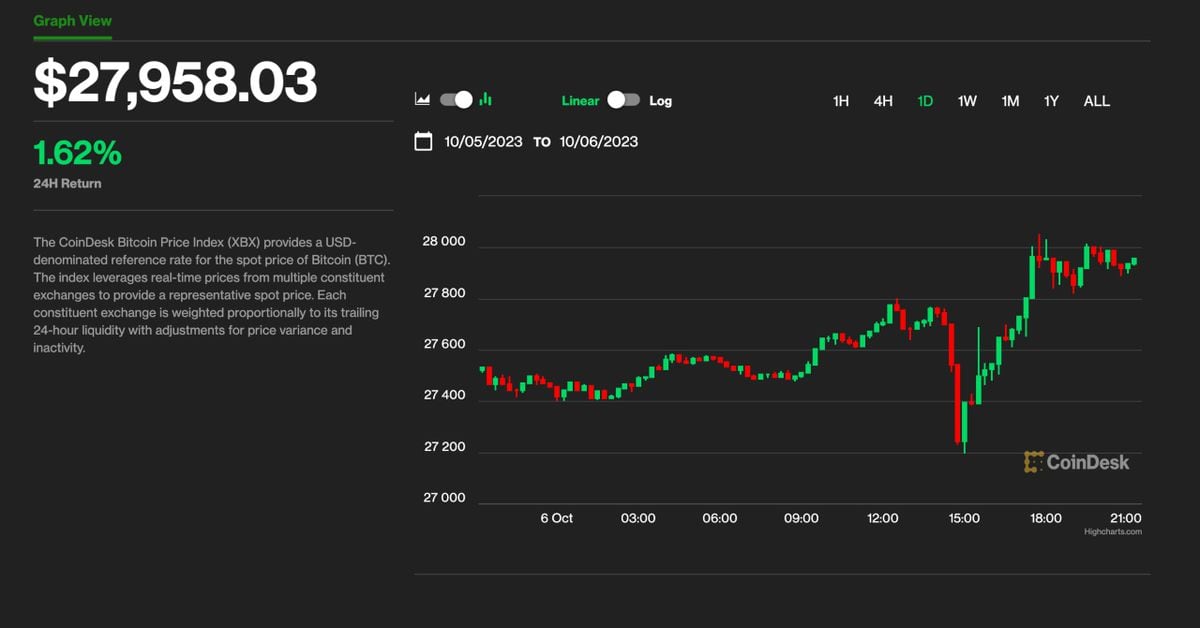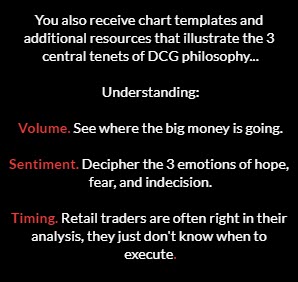- Rhoda Report
- Posts
- "Pressure! "
"Pressure! "
Issue #49

Hi There! Fall has undeniably arrived, and the sudden drop in temperatures has me shivering! Anyone who knows me is well aware that I'm not a fan of the cold – in my book, anything below 75 degrees feels downright freezing. Despite spending 25 years in the U.S., I still haven't acclimated to the chilly weather. You can take the girl out of the island, but you can't take the island out of the girl. Brrrr... 🌴❄️
Alright, let’s dig in!
Last week, the stock markets faced continued pressure, largely due to concerns sparked by a surge in hiring during September. The jobs report revealed the creation of over 370,000 jobs, causing some uncertainty. On Friday, the S&P 500 approached a critical support level at around 4,200. Fortunately, it bounced back. The S&P 500 managed to end the week with a 0.48% gain, breaking a four-week losing streak, while the Nasdaq climbed 1.60%. However, the Dow closed down 0.30% for the week.
Additionally, last week, prominent Fed members Daly, Goolsbee, and Bostic acknowledged that the markets were carrying the weight of central banks, diminishing the need for policy rate hikes.
Here are other key highlights from last week:
Oil prices posted the biggest weekly decline since March
UAW inches closer to a deal with automakers
Bitcoin grappled with $28K resistance
List of NFT artists that are still thriving in the bear market
Polygon Co-Founder steps down after 6 years
Here’s what to expect this week:
This week, keep an eye on the markets as a multitude of key central bank officials are set to speak at the National Association of Business Economics (NABE) and International Monetary Fund (IMF) conferences. Additionally, we'll get the latest updates on the Consumer Price Index (CPI) and the Producer Price Index (PPI), with expectations that both indices will show inflation reversing the recent downward trend. Furthermore, the release of the Federal Reserve's Meeting Minutes will be closely scrutinized for any hints about the possibility of future interest rate hikes. It promises to be a week filled with significant economic indicators and central bank insights.
The kickoff for third-quarter earnings is happening this week, which means we can expect reports from major banks, including JPMorgan Chase & Co (NYSE: JPM), Citigroup (NYSE: C), Wells Fargo (NYSE: WFC), and BlackRock (NYSE: BLK).
This Week’s High-Impact Global Economic Data Highlights:
Germany Industrial Production Report
UK Gross Domestic Product (GDP) Report
China - New Loans, CPI/PPI inflation, Trade Data
Bank of England (BoE) Credit Conditions Report
Euro Area Industrial Production Report
This week's anticipated bias (not financial or investment advice):
Monday (10/09/23) - Expect Positioning
Tuesday (10/10/23) - Choppy; trade level to level
Wednesday (10/11/23) - Wait for news and trend to develop
Thursday (10/12/23) - Buy Momentum
Friday (10/13/23) - Dip Buy
Trading Tip: Fridays have been historically bearish in October!
Week 10/01/23 - 10/07/23 Recap
Special Tools and Strategies
The U.S. Dollar vs Oil Price
The relationship between the U.S. Dollar and oil is changing.
Traditionally, when the U.S. Dollar was strong, oil prices tended to be lower because it took fewer dollars to buy a barrel of oil.
Conversely, when the dollar was weak, oil prices rose. This was partly because oil is globally priced in U.S. dollars, and a weaker dollar increased the cost of oil in dollar terms.
Additionally, the U.S. was historically a major oil importer, so rising oil prices led to a larger trade deficit. However, with the rise of horizontal drilling and fracking in the U.S., the country has become a net exporter of petroleum products and the largest crude oil producer, making it less dependent on foreign oil. This shift has disrupted the historical inverse relationship between oil and the U.S. Dollar, and as the U.S. continues to grow as a major player in the global oil industry, we may see the dollar behave more like a "petrocurrency," where its value is influenced by oil prices.
Understanding this changing dynamic is essential for traders as the global economy evolves.
Disclaimer: This newsletter is strictly educational. The information this report provides does not constitute investment, financial, trading, or any other advice. You should not treat any of the report’s content as such. Please be careful and do your research.



/cloudfront-us-east-2.images.arcpublishing.com/reuters/I4PZMFFFMVPIFDTP3RT3S6QBXM.jpg)









